8 Tips for Creating a Villain
The Making of a Monster: Understanding the Characteristics and Motivations of Villains
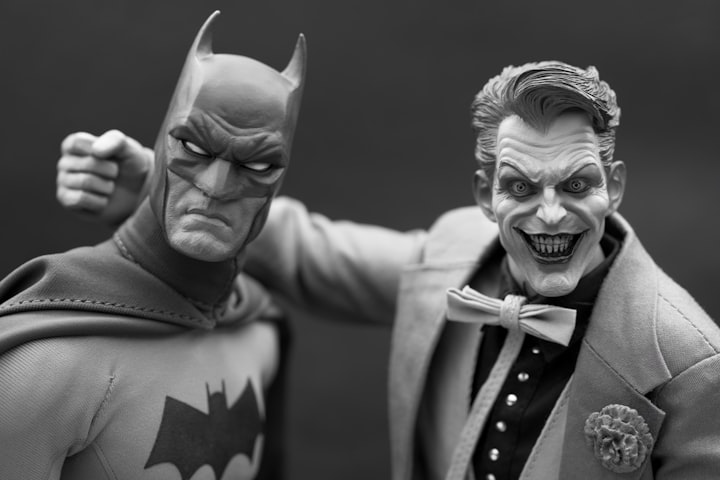
"The lights burn blue. It is now dead midnight.
Cold fearful drops stand on my trembling flesh.
What do I fear? Myself? There’s none else by.
Richard loves Richard; that is, I am I.
Is there a murderer here? No. Yes, I am.
Then fly! What, from myself? Great reason. Why:
Lest I revenge. Myself upon myself?
Alack, I love myself. Wherefore? For any good
That I myself have done unto myself?
O no, alas, I rather hate myself
For hateful deeds committed by myself.
I am a villain."
-Shakespeare "Richard III"
Perhaps the most common type of antagonist for a story is the villain. For this guide we will be defining “villain” as the type of antagonist who seeks to thwart the hero for selfish or malicious reasons. This is not just a misunderstood adversary, but a legitimately bad dude who wishes to cause harm to others, or to at least step on others in their pursuit of personal goals. Later on, we will discuss other types of antagonistic forces such as monsters, anti-villains, and the like. Note that on rare occasion the villain can also be cast in the hero's role; and we'll talk a bit about that at the end of the tutorial. Also, these tips are not any sort of law or set of rules to apply for every story; exceptions always exist. Humorous stories or ones that exist just for action-based fun, for example, can happily ignore a lot of these tips and still serve their purpose. This is more for the creation of three-dimensional villains, in more complex/traditional works.
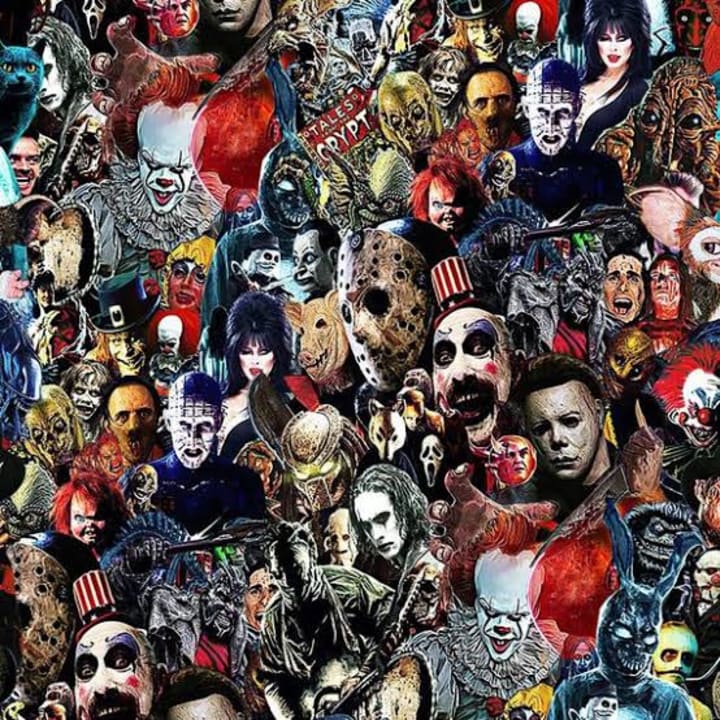
Tip 1: A villain should be villainous.
This tip should go without saying, except that it a very difficult feat to accomplish. As authors and as human beings, it can be a challenge for us to envision characters who are simultaneously intelligent and deep, and yet still choose to act in villainous ways. As a result, we end up with either anti-villains (a completely valid type of antagonist that we will discuss in another tutorial) or else one-dimensional villains. To create a villainous character who is also deep is a challenge, and one that we will try to tackle together step by step.
Begin by establishing why the villain wants to oppose the primary protagonist, what the central conflict is between the two characters. If your hero wants to free the slaves of a kingdom and the antagonist is a slaver, then the central conflict will be the villain not wanting to lose his or her slaves. Once you establish the central conflict, establish the villain's motivations. These have to be selfish and/or malicious in some way if you do not want your villain to turn into an anti-villain.
If your villain has seen a future where everyone will die unless he/she can enslave the people and put them to work building defenses, then he/she may be misguided but isn't villainous. However, if the villain is only doing it to create a slave army to stand between him/her and the coming destruction, he/she is definitely a villain. Remember that attitude (how mean the antagonist is to puppies) counts for very little for this sort of villain. All that matters are their actions when contrasted with the situation that they are in, and the motivation for their actions.
Tip 2: Your villain should be more powerful than the hero.
This does not mean that your villain has to be stronger in every way. Unbreakable did a beautiful job of contrasting a physically strong hero being emotionally and psychologically manipulated by a physically disabled villain (Ugh … I just complimented a Shyamalan film, and need to go wash my mouth out with soap). The villain should simply have something that gives them a distinct edge over the hero. Doing this gives your heroes something meaningful to accomplish, as no reader will respect a hero for overcoming a weaker villain. A stronger hero simply makes the reader perceive them as a bully.
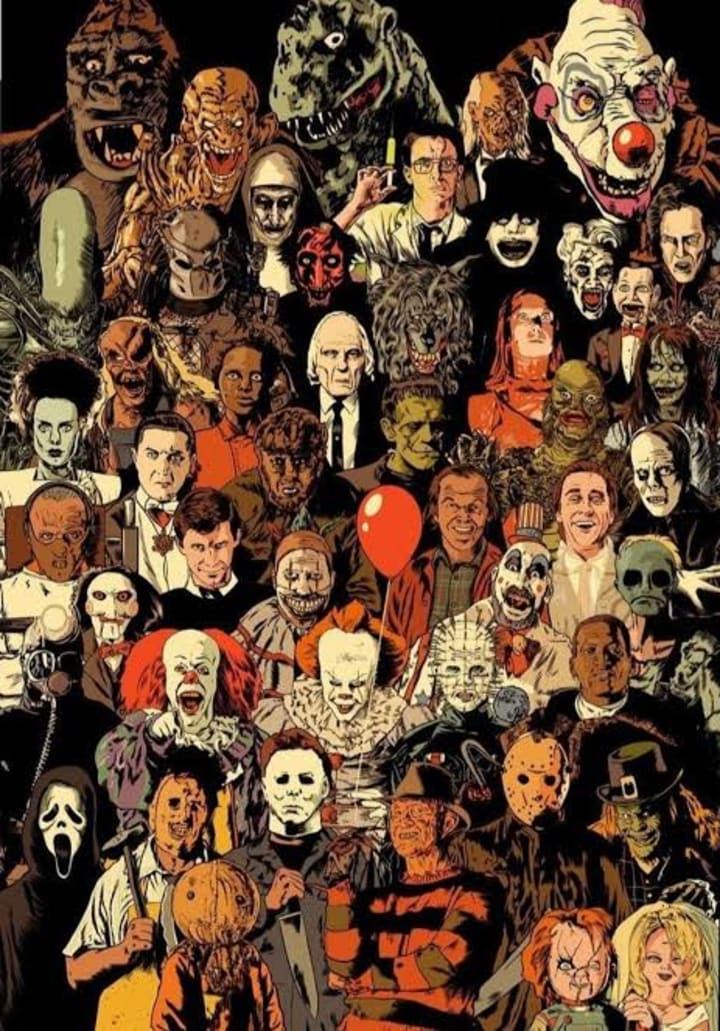
Tip 3: Your villain should win significant battles against the hero.
When looking at the twelve-point plot-outline, you'll notice that I encourage writers to allow the antagonist to have victories against the protagonist—especially in the midpoint. Additionally, the victory of the antagonist should be so strong that it send the protagonist into a downward spiral. We do this for a few reason. It makes the eventual growth and change in the protagonist seem hard-fought and earned, making it more believable to the audience. It creates a certain flow, so that the dramatic tension is raised higher. But it also does something very important for the hero and villains themselves.
For the villain to win battles makes them seem more valid as opponents against the hero. If the villain is just some punk who can be easily overthrown, then it is no merit for the hero who beats them. Few readers will even spare interest for a villain who isn't powerful enough to grind the hero to a pulp (at least in a figurative sense). And if the hero is constantly winning anyways, then the final battle will have all the excitement of Superman beating Lex Luthor in a fistfight. So make your story, your protagonist, and your antagonist all more significant by making your villain powerful enough to actually win at various points in the story.
Tip 4: Villains should have some humanity about them.
In this tutorial, we are differentiating villains as antagonists from monsters as antagonists (another future tutorial). And what distinguishes these two types of antagonistic forces is not their shape or species, but that a villain is a person. For example, Freddy Krueger (Nightmare on Elm Street) may look like a person, but he has none of the human emotions or behaviors that would make him more than a monster. Tiffany (The Bride of Chucky), on the other hand, may not be human but she has enough emotions and dept to make her a villain. This means that no matter the race, gender, or even species of your villain, your audience should be able to empathize on a certain level with them.
This seems difficult, given the challenge to have a deep character do evil things. But it is a realism worth striving for. What has helped me is to remember specific people in my life, ones who were abusive and who lived just for self-gratification. The things they had to endure in their own childhoods was abysmal and there was a very long and complex series of events that led to them becoming the vile people that they eventually did. And yet vile they did become, without remorse or character outside of being truly villainous. By making your villain so human makes the story feel real and creates complex emotions for the audience as well as the hero.
By adding humanity, you also add a layer of unpredictability to them. If a villain is singularly evil, they will always do the most evil thing possible. If the hero is hanging on a ledge, the villain is going to step on their fingers. It's predictable and eliminates the potential tension that could be in the situation. On the other hand, if you give your villain humanity then you will create tension in every scene that they are in. Sure, they will probably step on the hero's fingers; but there is always the outside chance that they will have a moment of empathy and throw the hero a rope. Then, not only does your hero have to emotionally deal with beating a villain who is powerful, but one who had goodness or humanity buried somewhere inside of them.
Tip 5: Your villain should think that they have a right to their evil deeds.
Very few people go along in their day-to-day lives, saying, “What dastardly deed shall I do today?” Even most tyrants and evil oppressors think that they are cosmically entitled to commit their acts of evil. So to make your villain more real, they must think that they have a right to do what they are doing. Your villain should perceive that something (god, nature, status, royalty, power, fame, revenge/justice, etc) has given them the right to commit a terrible deed. When villains just have the unnatural urge to do deeds of great cruelty for no reason other than a self-identity of evil, the character is often bordering on mental illness. At that point, you may be making your antagonist a monster who was once a human. There is nothing wrong with creating a human monster as the antagonist of your story. It is simply a different strategy in writing, and requires certain distinctions so that the audience knows that they are dealing with.
Tip 6: Avoid turning your villain into a propaganda piece.
Often, writers embody their villains with specific evils they see in the world around them. This is fine if you are creating a monster. But when it comes to villains, your effort should be to create real and complex people for your story. And when you embody a person with everything you hate, just to be knocked down by the hero, you are merely creating a one-dimensional straw-man so that you can prove a point. Straw-men exist only for manipulating the masses into agreeing with your ideals, instead of making the reader question their own motivations and the multifaceted problems that create the good and the evil we see in the world around us. They don't strengthen your point, they just gain support from people who already agree with you. And worst of all, they don't make very interesting villains that can prove an emotional challenge for the hero and the reader.
Tip 7: Make yourself and your audience feel like anyone could become that villain.
An exercise for designing a believable and complex villain is to create a backstory that would have a fairly universal effect on anyone who might have undergone it. For example if you are creating a cannibalistic villain, maybe imagine a background where eating human flesh and acquiring a taste for it was an absolute necessity. Now, you don't have to create scenarios where you absolutely would have made the same decisions that your villain did. Every person and character is different, with different personalities, experiences, and levels of strength. This means that everyone will react differently to most given situations. But you want to be able to imagine that if you had the personality, experiences, and level of strength that the villain had before whatever trauma emotionally scarred them, you could realistically imagine yourself making the same decisions and becoming the same type of person. This exercise allows you to get more in touch with your villain, to more logically connect their background to their present actions, and to make them realistically complex/human.
Tip 8: On the challenges of casting a villain as the main character
Many people ask me if it is possible to cast the villain as the protagonist/main character. It is possible to do, but it is one of the most challenging feats one can accomplish. Many modern stories try to do it, by casting a traditional super-villain as the main character (like Despicable Me, Megamind, etc...) The problem is that the role of villain is relative, and only applies to each particular story. In other words, the Joker is only a villain because Batman and the better citizens of Gotham are there for him to harm. You can take the exact same evil Joker character, put him in a prison filled with people who are worse than him, and by contrast he becomes the anti-hero of the story. So what these storytellers do is simply take a flawed (and thereby more interesting) character, and challenge them with taking up the mantle of being a hero.
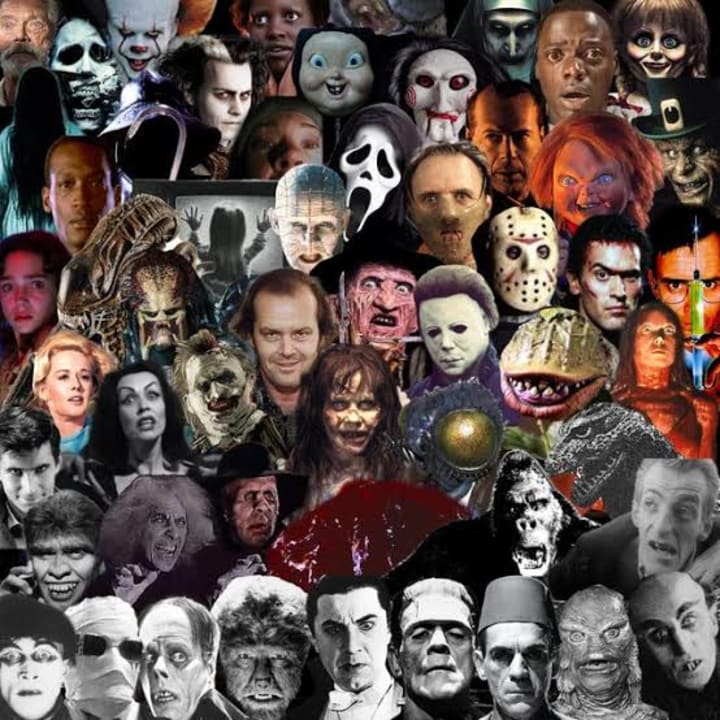
The only successful instance I've seen of using the villain as the protagonist is in Shakespeare's Richard III (there may be others, like American Psycho, but I haven't read them yet). In that story, he is a fully despicable villain who murders children and hurts others in his quest for power. He is three-dimensional, but there is nothing noble or good about his actions. If the audience supports him, it is only for his wit, humor, or for the doomed hope of his redemption. So there is a limit to how close we can get to him as the main character and how much we can want him to win in the end. Therefore, there is an inherently lower level of potential investment that the audience can have for the villain as a protagonist. So it is possible for you to create a protagonistic villain; but you must resist your compulsive desire to make them an antihero. You must make them interesting, believable, complex, and dynamic enough to carry the weight of the story, and to fulfill all of the expectations of a traditional protagonist.


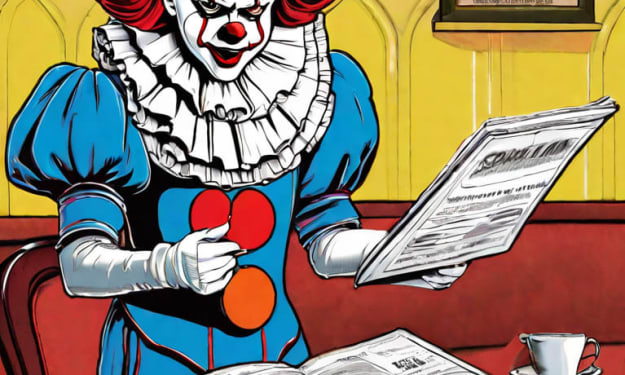


Comments
There are no comments for this story
Be the first to respond and start the conversation.